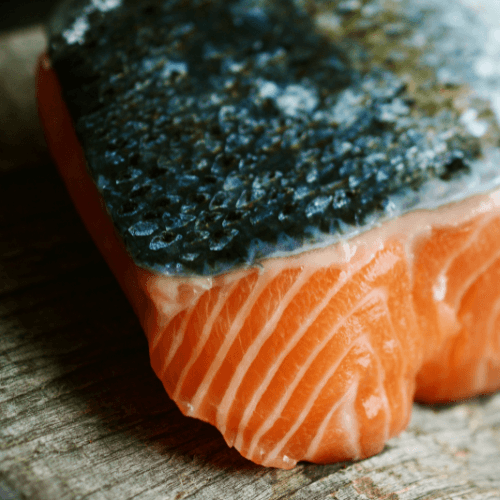
What You'll Master#
The ability to work with fish's natural structure for better cooking results - knowing how fish muscles work helps you cut properly, cook evenly, and achieve better texture.
Time Needed#
6 minutes
You'll Need#
One fish fillet (any type)
Clean cutting board
Good lighting
Paper towels for cleanup
Test 1: Muscle Grain Direction Test#
What You'll Notice: Fish muscle fibers run in specific directions, affecting texture and cutting
The Action: Look closely at the fish surface, then run your finger along and against the visible muscle lines
The Discovery: Fish has distinct muscle grain patterns - running your finger with the grain feels smooth, against the grain feels rough and catches
Test 2: Thickness Flex Test#
What You'll Notice: Different parts of the same fillet have varying flexibility and cooking behavior
The Action: Gently bend the thick end of the fillet, then try bending the thin tail end
The Discovery: Thick portions are rigid and cook slowly, while thin areas are flexible and cook much faster - explaining why butterflying creates even cooking
Test 3: Skin Flexibility Test#
What You'll Notice: Fish skin behaves very differently from the flesh underneath
The Action: If your fillet has skin, gently try to bend the skin separately from the flesh
The Discovery: Skin is much tougher and more resistant than flesh, acting like a protective barrier during cooking that prevents moisture loss and overcooking
What This Means for Your Cooking#
You'll now work with fish's natural structure instead of fighting against it. Cut against the grain for tender bites, account for thickness differences when cooking, and understand how skin protects the delicate flesh underneath. This knowledge helps you achieve restaurant-quality results by respecting the ingredient's anatomy.